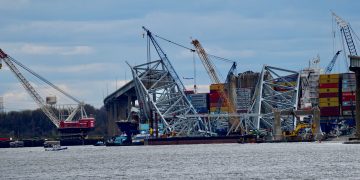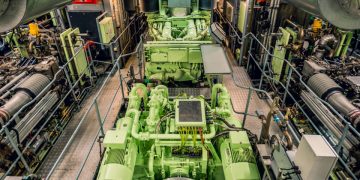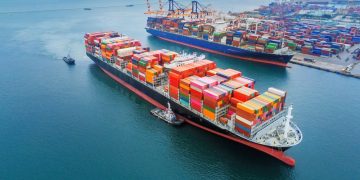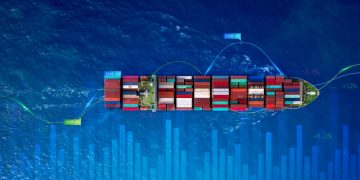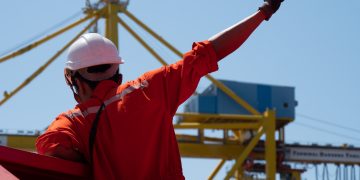China, India to Account for 35% of Global Oil Trade
China and India will account for about 35% of global oil trade in the next ten to fifteen years, despite China’s commitment to increasing the use of clean power and renewable energy. Harald Lone, Chairman and Chief Executive Officer of Newport Shipping Group, made the forecast during a round-table discussion marking the opening of Riviera Maritime’s Tanker Shipping & Trade 2014 conference. With imports of crude oil to the US in decline as the country develops its shale oil and gas reserves, China and India will become “very important” to the crude oil markets, said Lone. “There is no doubt that shale oil and gas is changing the oil industry and it will have a major impact on trade flows.”, Mr Lone said: “One major issue that is coming up is the implementation of the ECA rules in January but very few shipowners are looking at the issue. Maybe, as an industry, we have been hiding our heads in the sand for the past year hoping the issue will go away, but it hasn’t.”, Mr Lone commented on the impact of sulfur emissions legislation on the tanker segment While agreeing that the move to reduce emissions by shifting freight from the highway to the seaway is a positive step forward, he outlined his concern that ...
Read more






